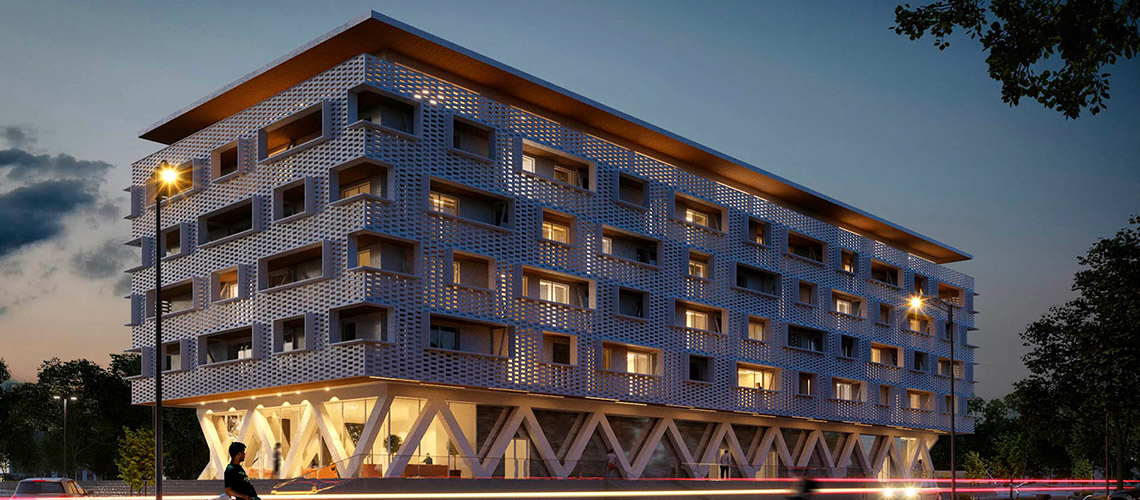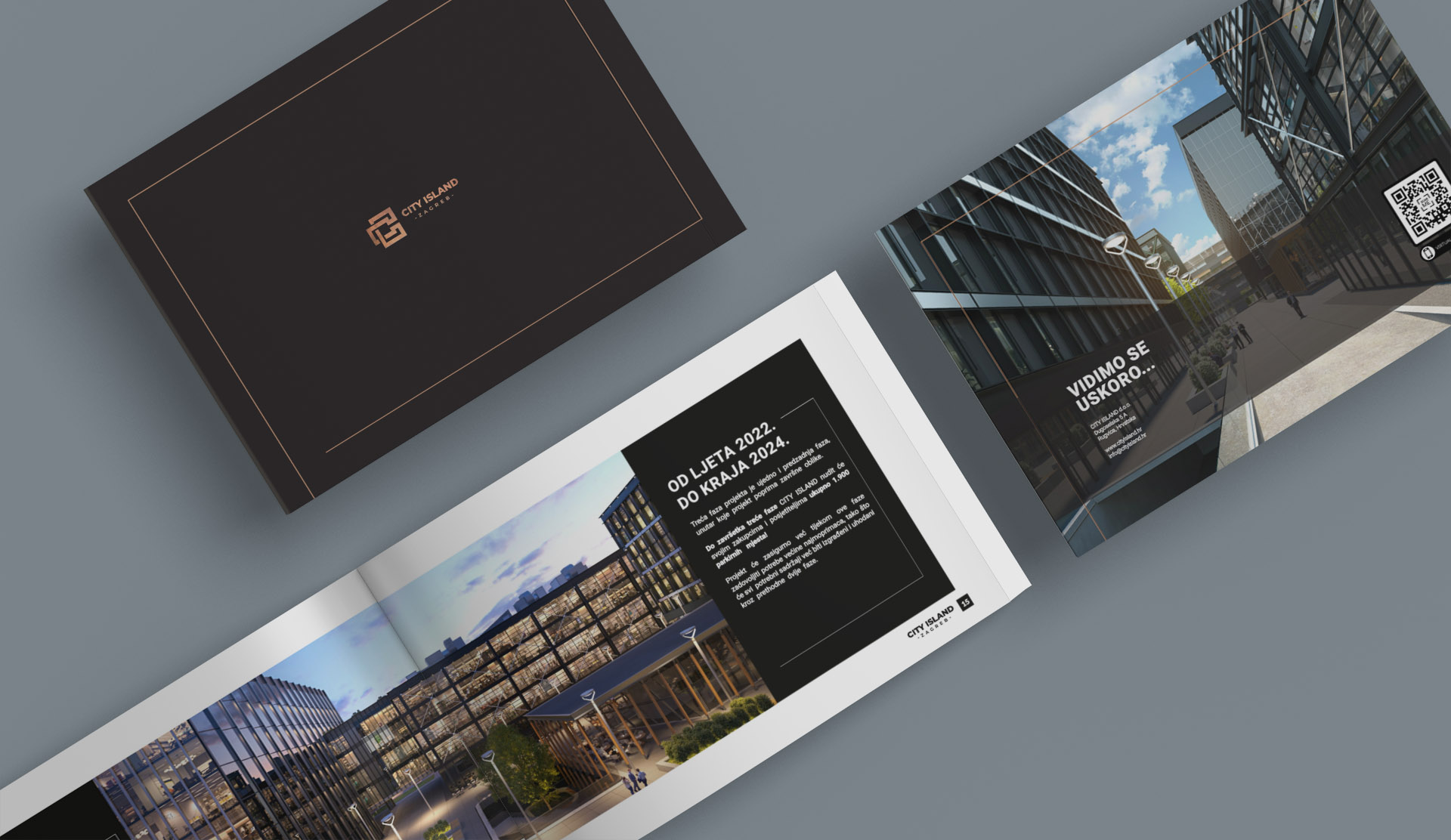Architects, interior design studios, and construction companies have been utilizing CGI for years now. Through 3D visualization, these professionals can present a photo-realistic final result to their clients long before breaking ground. In fact, CG visualization has not only proved integral to the process of attracting clients but to competing for valuable construction contracts as well.
Rather than look at models, sketches, or schematics in an architectural office somewhere, these clients can now immerse themselves in the architect’s vision. With the benefit of state-of-the-art software, they can actually “walk” through the rooms to get a better idea of the space. Of course, as much as 3D architectural visualization helps clients, it is even more beneficial to the design firms themselves.
5 ways 3D visualization benefits architects
1. CGI gives the architect’s clients more accurate “shopping lists”
There’s a lot more to CG visualization than meets the eye. For instance, these renderings can be a huge help in demonstrating precisely what materials a client might want (or need) to purchase. Perhaps they’d like to see what their project would look like with marble floors? Perhaps they’d rather switch those to laminate to save costs? These 3D assets exist in the architect’s database, so they can be easily rendered long before the client actually purchases them.
There’s a lot more to CG visualization than meets the eye. For instance, these renderings can be a huge help in demonstrating precisely what materials a client might want (or need) to purchase. Perhaps they’d like to see what their project would look like with marble floors? Perhaps they’d rather switch those to laminate to save costs? These 3D assets exist in the architect’s database, so they can be easily rendered long before the client actually purchases them.
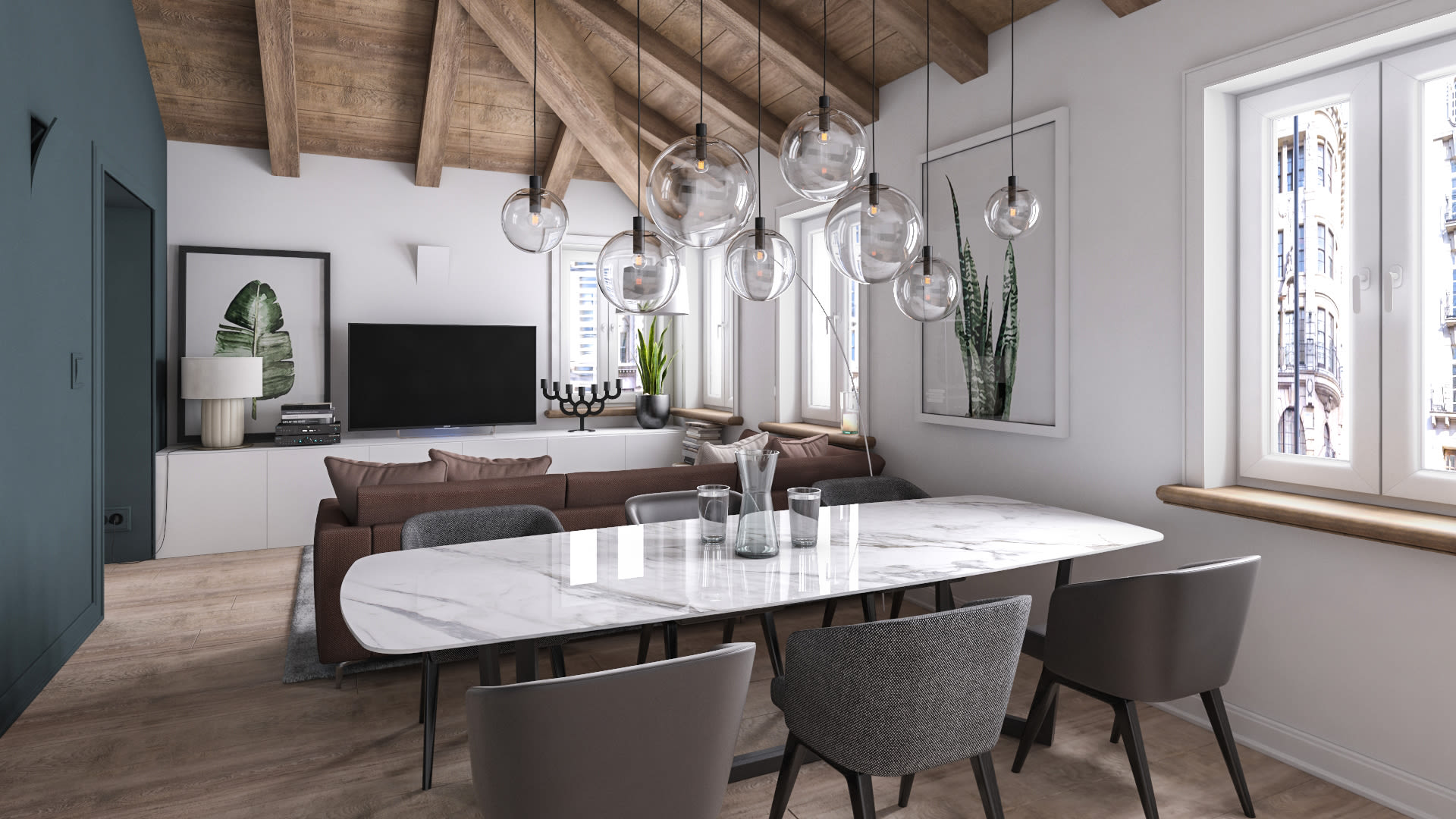
2. They make for far more impressive advertising campaigns
Architectural design is a highly competitive field in the best of times. Moreover, it can be extremely hard to promote one’s firm using only photos of models and the final results. With 3D visualization and animation, firms can create compelling videos for their social media pages, online portfolios, and advertising campaigns. Best of all, they can use these images regardless of whether or not the project has even begun!
In some cases, a specific architect or firm might want to use a theoretical building in order to showcase their skills or innovations. With 3D rendering, they can bring such conceptual designs to their audience in photo-realistic quality. This allows the designer to better position themselves against the competition and really show what they can do (without having to do it).
3. 3D visualization allows for multiple versions
As outlined above, it’s typical for a building design to go through multiple stages as the project continues. Since clients are spending anywhere from hundreds of thousands to millions of dollars, they often feel entitled to explore other options in terms of material, design, and stylistic elements.
So, what if these client requests lead to a version that the architect might be reluctant to put in their portfolio? In that case, they can simply revert to their original design when using the3D visualization for promotional purposes. It may not seem like much, but imagine losing the ability to promote an entire project because the client decided to ruin the aesthetic? With CGI, the architect can still showcase the project at its best, even if the client made poor visual choices.
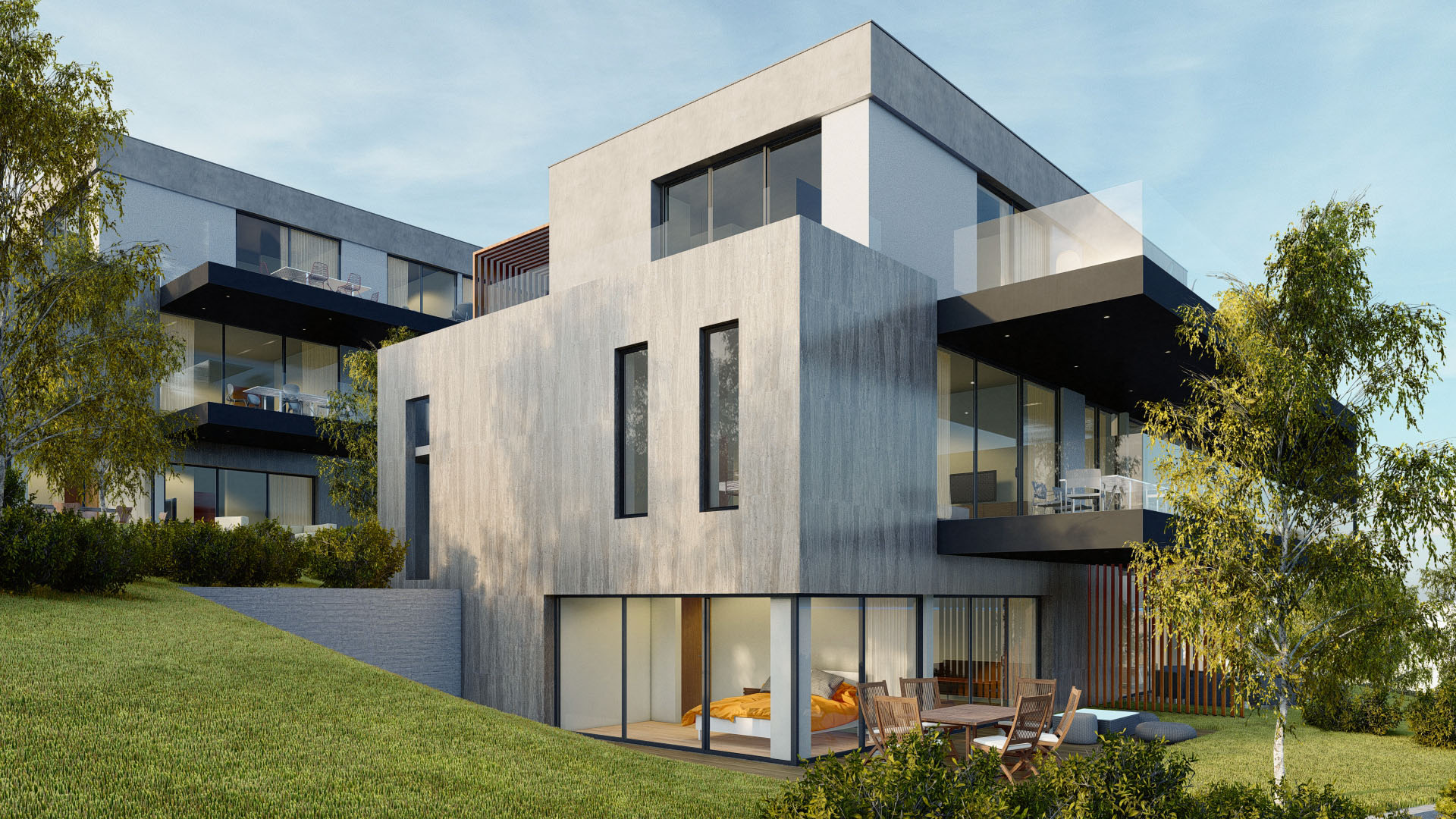
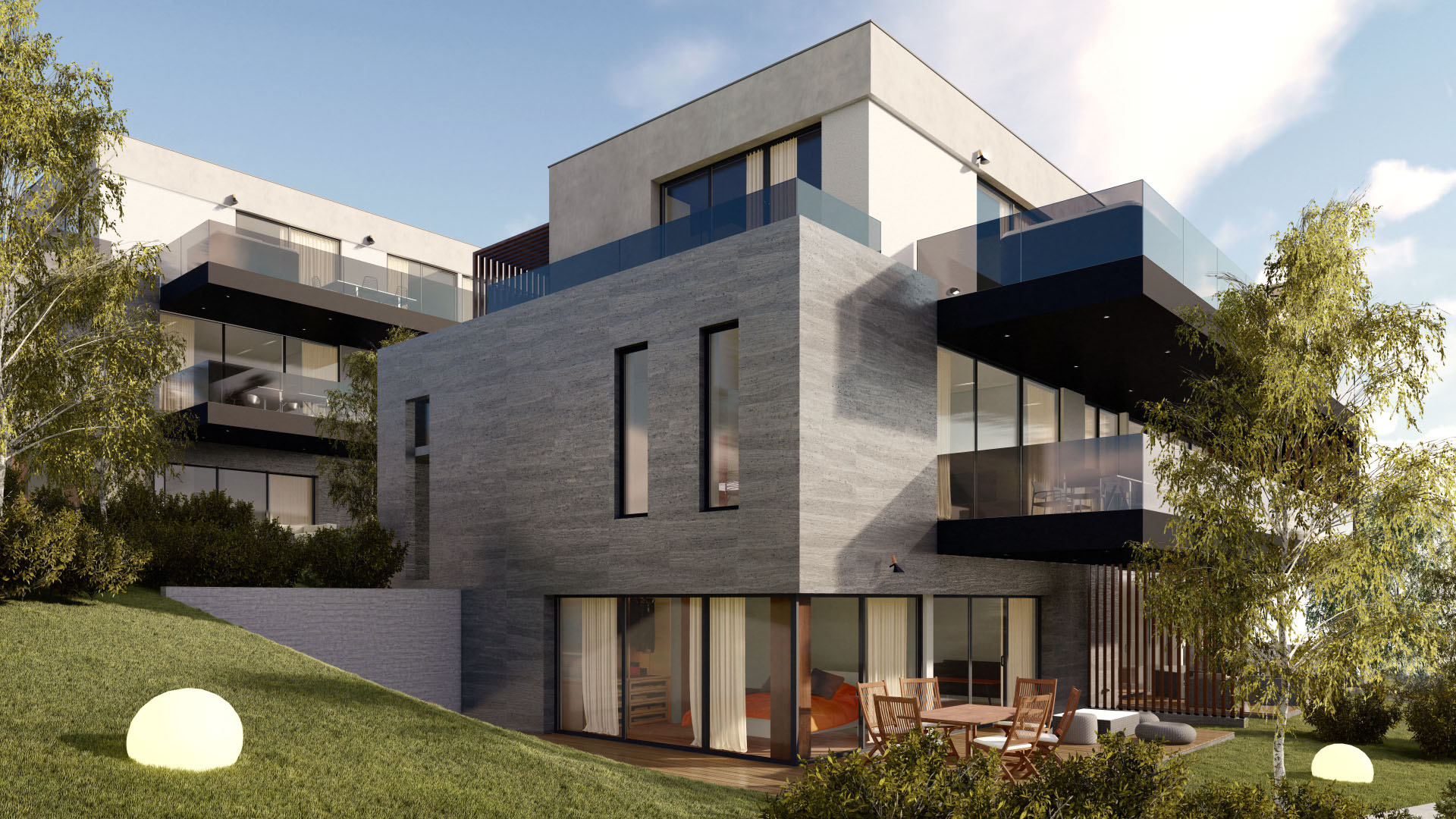
4. Presenting designs can be done from any location
It’s not uncommon for an architect to live in a different city or country than their client. This can, understandably, pose a number of challenges when it comes to collaboration. Thanks to the internet, firms have been able to hold onlinemeetings for the past two decades or so. However, these presentations are all too often extremely limited from a visual standpoint.
How are sketches, schematics, and models going to effectively convey the details of a design over Skype or Zoom? After all, such materials can be hard to understand even when the client and architect are in the same room! But thanks to 3D visualization and CGI, firms can literally walk their clients through the entire concept, allowing them to see every single detail in clear, photo-realistic clarity. By digitally putting the client inside the design, architects can bridge any amount of distance relatively easily.

5. Troubleshooting designs is easier than ever
An architect can make the most impressive and solidly-built model in the world but still run into problems when it comes to bringing that model to life. Indeed, a small error can often go unnoticed at the early stages of the design and lead to a big problem once construction is underway.
Perhaps the lighting isn’t up to code, or the architect accidentally created a fire trap when designing the hallways? It’s all been known to happen. Unfortunately, when a design flaw is discovered too late, the firm usually has to fix it out of its own pocket. This can not only dig into company profits but can weaker the relationship between the firm and its client.
Thanks to 3D visualization, however, errors like these are far more visible than they would have been on a model. This means that they can be discovered and fixed long before the project’s construction is underway. By helping troubleshoot errors in the earliest possible stages, CGI is already saving architectural firms countless man-hours and millions of dollars.
By now, the benefits of 3D visualization for architects should be quite clear. CG rendering not only provides the architect with stunning promotional materials, but it allows for early detection of potential problems while giving the client a 360-degree view of the project proposal.
Moreover, when given a chance to virtually “walk through” a building that has yet to be constructed, clients are put in the best possible position to evaluate the architect’s work.
If you’re interested in experiencing the benefits of 3D visualization firsthand, Contact Us to see how our team can change your and your clients’ “point of view.”
Contact Us
Do you have a project that you would like to talk about? Wondering which 3D visualization will work best for you? Do you have a question for us about how we work? Leave us a message here – and we will contact you!
Error: Contact form not found.


